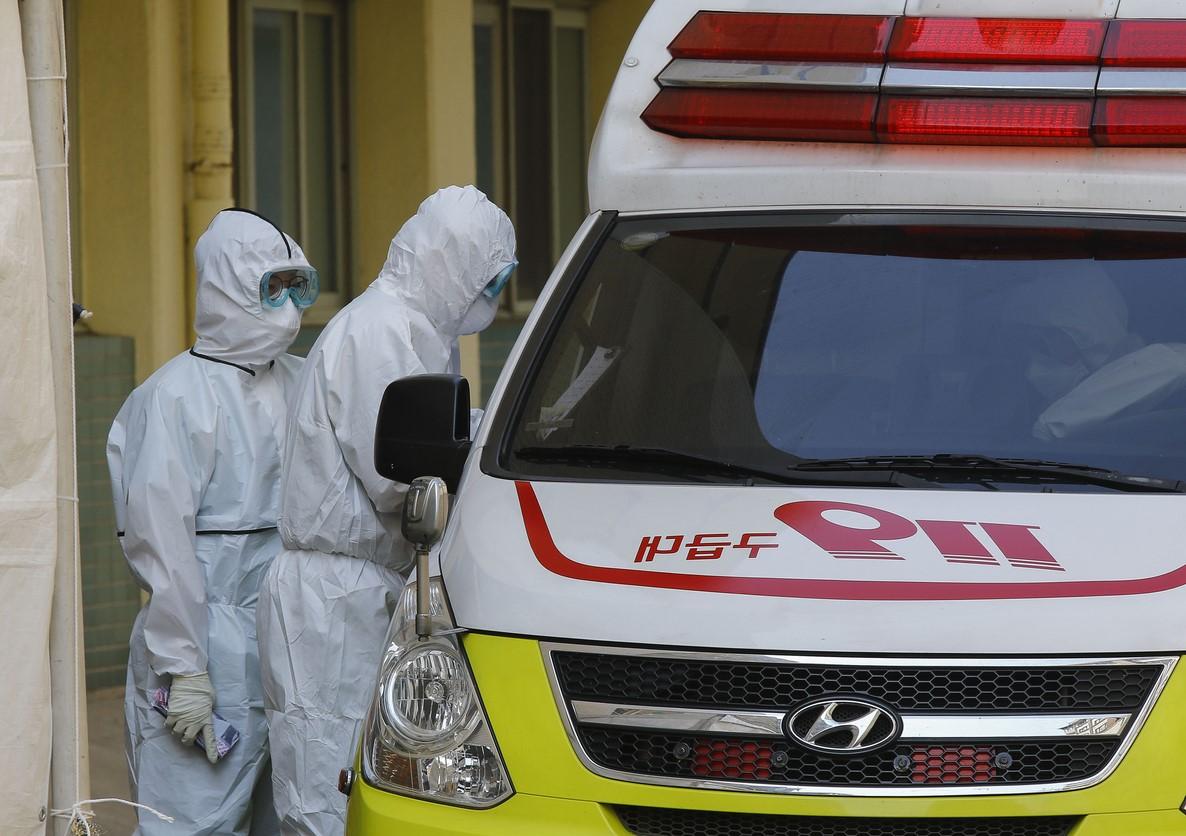The pace of COVID-19 spread appears to be slowing in some of Asia's recent hot spots, including Hong Kong, where cases are at their lowest level in a month.
Hong Kong cases decline
Hong Kong, battling a COVID wave that has led to a surge in deaths in unvaccinated older people, today reported 10,405 new cases and 192 more deaths, according to the Centre for Health Protection. The number of daily cases has been declining since about the second week of March.
The government today said city services will begin resuming on Apr 1, with a goal of departments being at full service by Apr 21.
China today reported 4,789 new cases, of which 3,489 were asymptomatic infections, according to the country's National Health Commission. The proportion of asymptomatic cases seems to be increasing, with about 45% of them today from Shanghai, where health officials have been doing intensive mass testing of neighborhoods and districts.
Meanwhile, in Beijing, the organizers of an auto show slated for late April have postponed the event due to China's spike in COVID activity, according to Reuters.
Vietnam, Korea cases ebbing
In Vietnam, cases are showing signs of decline, with the 7-day average for daily cases down 27% compared to the week before, according to VN Express.
Elsewhere, South Korea's daily cases today dropped below 400,000 for the second day in a row. And health officials warn that the surge could continue, fueled by the more transmissible BA.2 subvariant, even though they initially projected that cases might peak this week, according to The Korea Herald.
UK cases continue slow rise
The UK Health Security Agency (HSA) in its weekly surveillance updates estimated COVID-19 cases are growing by 3% to 6%, with the highest levels in those ages 30 to 39. Hospital admission, however, are still highest in those ages 85 and older.
Health officials in the United States and other countries closely watch UK patterns, which in the past have hinted how COVID rises might unfold in the weeks ahead. The United Kingdom was among the countries that first reported the spread of the BA.2 subvariant.
In a technical briefing on variants today, the HSA said that, as of Mar 20, the BA.2 Omicron subvariant made up 93.7% of sequenced samples, up from 82.6% the first week of March.




















